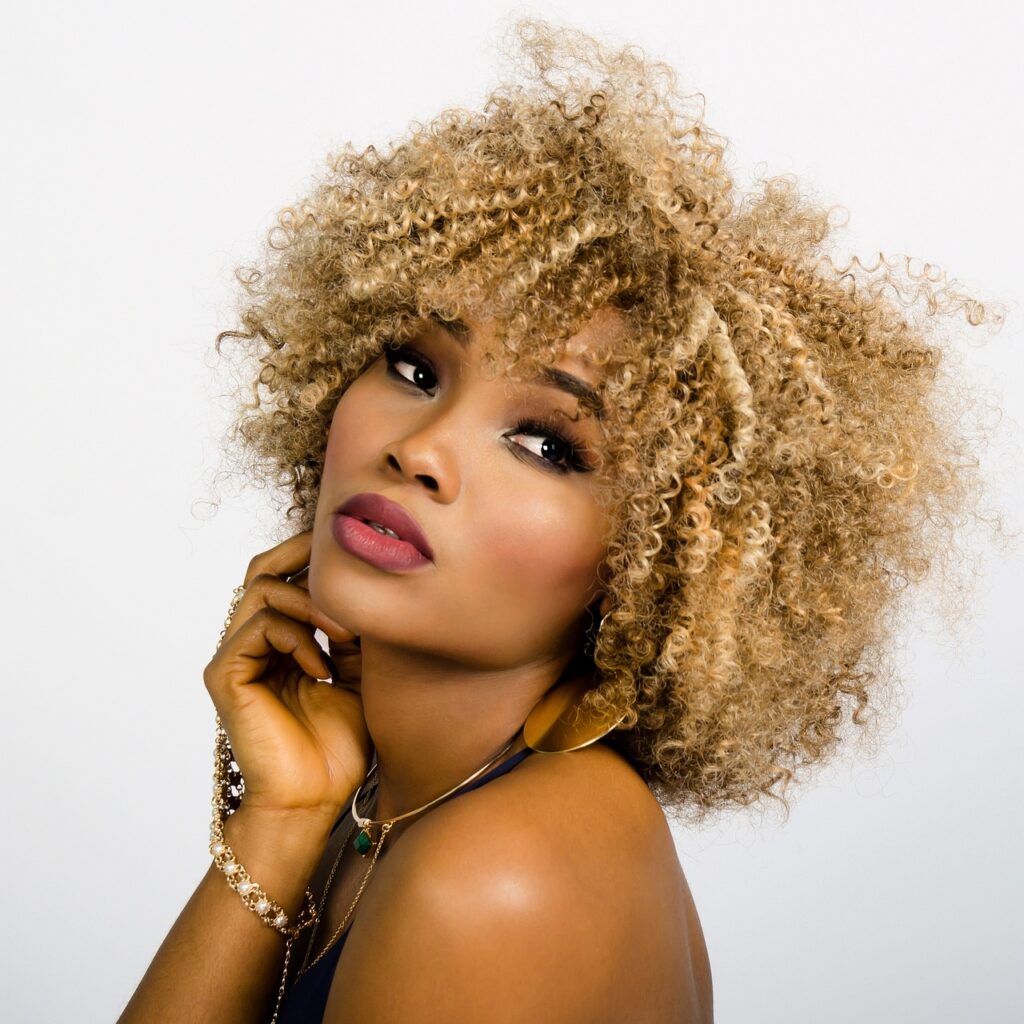Curly hair is a unique and beautiful feature that many women cherish, but understanding its behavior can sometimes feel like cracking a complex code. Why do curls seem to have a life of their own? Why can they feel frizzy, dry, or resistant to styling? The science behind curly hair is fascinating, and once you understand the factors that influence its texture and behavior, you can treat your curls with the care and love they deserve.
At its core, curly hair’s distinctive texture stems from the shape of the hair follicle and the way it grows from the scalp. Unlike straight hair, which grows from follicles that are round in shape, curly hair emerges from oval or asymmetrical follicles. This subtle difference in the follicle shape has a profound impact on the hair shaft’s ability to grow straight. Instead of forming a smooth and uniform strand, the asymmetry of the follicle creates bends and twists as the hair grows.
This unique hair structure is just the beginning of the journey in understanding curly hair. To truly grasp why curly hair behaves the way it does, we need to dive deeper into the molecular level—specifically, the role of the protein keratin, which is the building block of hair. Keratin fibers are the key contributors to the structure of your curls. When they are unevenly distributed along the hair shaft, they cause the hair to bend and coil.
Additionally, the amount of sulfur bonds (disulfide bonds) in curly hair is another key factor. These bonds link different strands of keratin and influence how tightly the hair curls. In straight hair, these bonds are few, allowing the hair to lie flat. But in curly hair, the presence of numerous disulfide bonds helps to create a spiral shape, making the hair naturally curve in varying patterns. This is also why curls can feel stronger and more resistant to damage compared to straight hair, but they are also more prone to frizz and breakage if not properly cared for.
Another important aspect of curly hair’s behavior is its relationship with moisture. Curly hair tends to be drier than straight hair because the natural oils produced by the scalp have a harder time traveling down the twists and turns of each curl. This is why many women with curly hair often experience dryness, especially on the ends of their strands. The twists of each curl also make it more difficult for moisture to penetrate the shaft, leading to a lack of hydration. It’s essential to use moisturizing hair care products that are specifically formulated to address this issue. These products often contain ingredients like glycerin, shea butter, and oils that help replenish moisture and restore curl elasticity.
The scientific explanation behind frizz is also linked to the structure of curly hair. When the cuticle layer (the outermost layer of the hair strand) is rough and raised, it allows moisture from the environment to penetrate the hair shaft. This causes the hair to expand and frizz. Curly hair is naturally more porous, and this increased porosity can cause curls to become puffier, especially in humid conditions. Managing frizz often involves using products designed to smooth the cuticle, such as leave-in conditioners, serums, or oils, which help lock in moisture and seal the hair shaft.
Temperature, humidity, and the environment also play a significant role in how curly hair behaves. High humidity can exacerbate frizz by causing hair strands to absorb water from the air. On the other hand, dry weather can strip the hair of essential moisture, leading to brittle curls. Environmental factors like pollution and UV rays can also weaken the structure of curly hair over time, making it more prone to damage.
Understanding your curly hair’s unique needs goes beyond the science; it’s also about finding the right care routine that works for your specific texture. The key is to embrace your curls and use hair care techniques that enhance their natural beauty rather than trying to alter their structure. Curly hair thrives when it is treated gently, moisturized regularly, and protected from the elements.
By learning more about the science of curly hair, you can make informed decisions about which products and techniques are best for your hair type. Whether you’re looking to define your curls, reduce frizz, or maintain healthy hydration, understanding the underlying factors that affect your curls will empower you to keep them looking their best.
curly hair is a beautiful, multifaceted texture that is influenced by a variety of scientific factors, from the shape of your hair follicle to the bonds between keratin fibers. With the right knowledge and the right products, you can nurture your curls and unlock their full potential, embracing their natural bounce and beauty. So the next time you look at your curls, remember that they are not just a whim of nature—they are a unique and wonderful feature, shaped by the science of hair.





